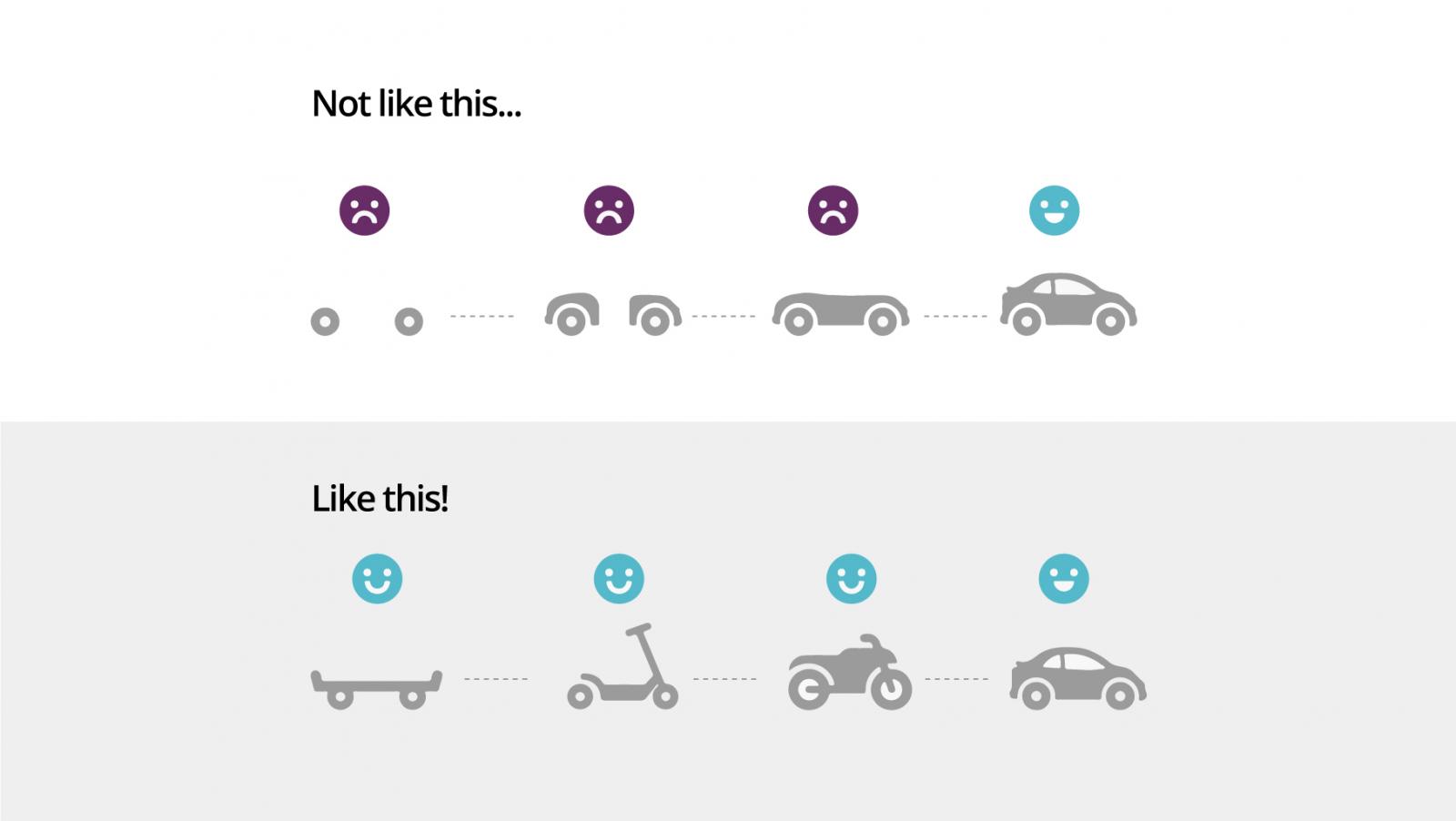Legacy modernization
[Part 2] The problems with MVPs in legacy replacement






Disclaimer: The statements and opinions expressed in this article are those of the author(s) and do not necessarily reflect the positions of Thoughtworks.
